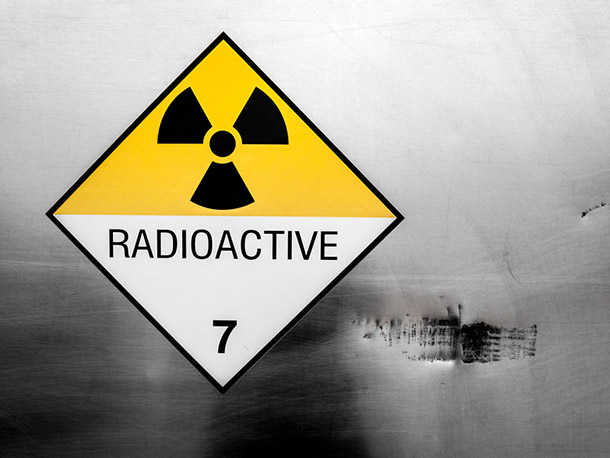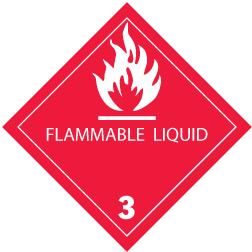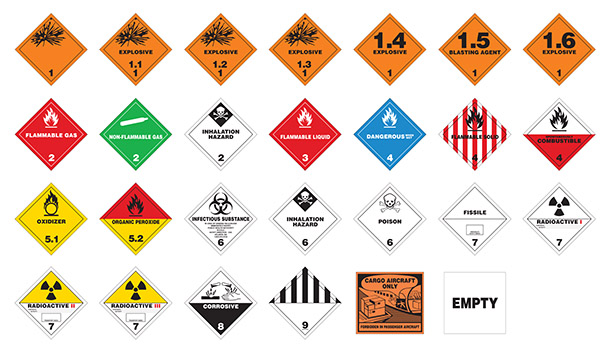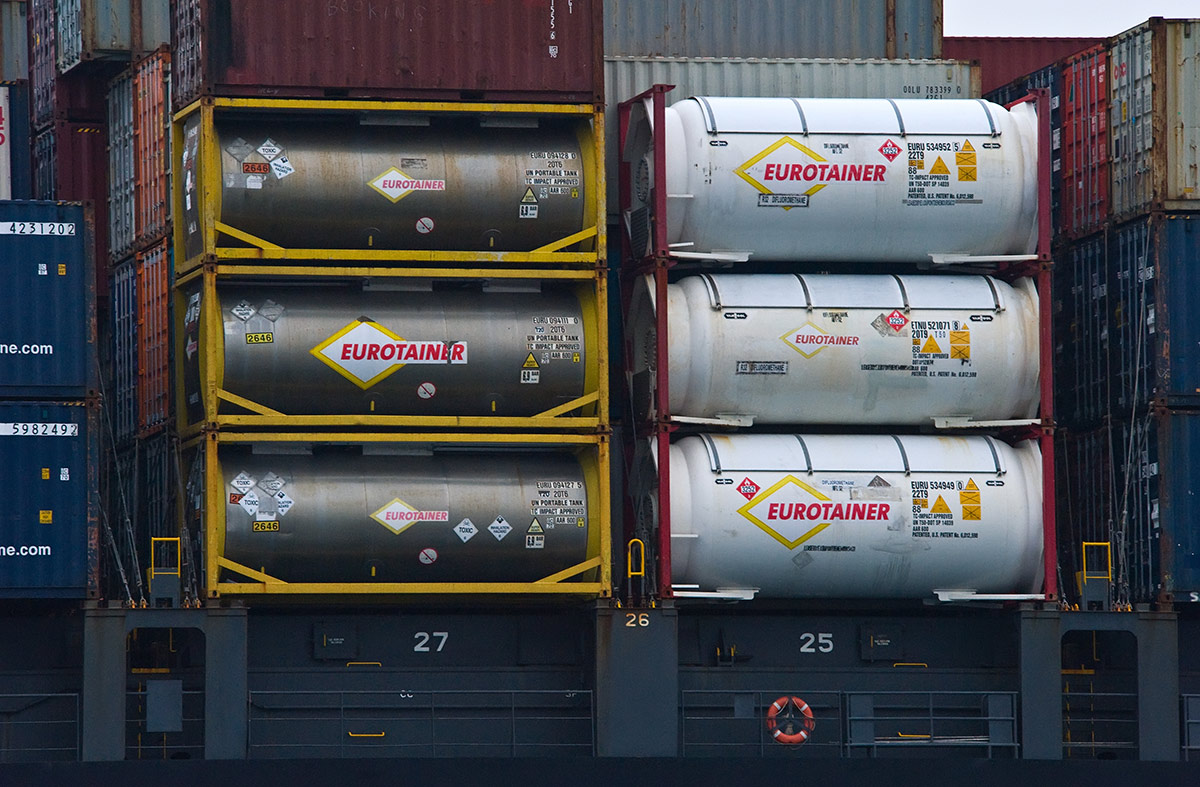A critical part of shipping hazardous materials safely is ensuring every employee who handles hazmat goods or coordinates hazmat shipments is aware of what kinds of goods they are working with. An informed employee will be better able to apply hazmat shipping best practices, which means that hazmat shipping labels are an essential part of workplace safety—and on top of that, proper hazmat labeling is required by the Department of Transportation.
In this guide, we’ll discuss the basics of using hazmat shipping labels to identify hazardous materials in your shipments. First, let’s take a quick look at the nine categories of hazardous materials. (Note that this guide is intended to be used as a starting point and is not a comprehensive compliance document.)
The Nine Hazmat Categories
All hazardous materials can be classified into one of the nine categories of the UN hazmat classification system. These categories are:
- Hazard Class 1: Explosives
- Examples: TNT, ammunition, fireworks, flares
- Hazard Class 2: Gases
- Examples: Oxygen, butane, propane, aerosol containers
- Hazard Class 3: Flammable and Combustible Liquids
- Examples: Gasoline, diesel, kerosene, turpentine
- Hazard Class 4: Flammable Solids
- Examples: Matches, camphor, white phosphorous
- Hazard Class 5: Oxidizers and Organic Peroxides
- Examples: Halogens, sodium hypochlorite, ammonium nitrate
- Hazard Class 6: Toxic and Infectious Substances
- Examples: Tear gas, cyanide, medical waste, pathogen specimens
- Hazard Class 7: Radioactive Substances
- Examples: Nuclear waste, medical isotopes, smoke detectors
- Hazard Class 8: Corrosive Substances
- Examples: Strong acids, strong bases, wet-cell batteries
- Hazard Class 9: Miscellaneous Hazardous Goods
- Examples: Lithium ion batteries, ammonium nitrate fertilizer, asbestos, dry ice
- Examples: Lithium ion batteries, ammonium nitrate fertilizer, asbestos, dry ice
Each hazard class has its own distinct hazmat shipping label that allows handlers and inspectors to quickly identify materials. Note that some hazmat categories also include subcategories that provide more specific information about the nature of the hazard.

Regulations and Requirements for Hazmat Shipping Labels
Shippers of hazardous goods are required to apply hazardous labels for shipping to shipments of hazardous goods in a clearly visible location. Businesses should also ensure that the hazmat shipping labels they use have the appropriate features for legal compliance and durable performance. These include:
● Hazmat shipping labels should be constructed from a durable material such as vinyl.
● Hazmat shipping labels should be resistant to damage from UV light, moisture, and other weather conditions.
● Hazmat shipping labels should allow easy peel-and-stick application but have a secure hold once they’ve been applied to a package.
The DOT also requires hazmat labels to obey some specific typographic, color, and size regulations, including:
● Label color and design must generally meet the standards outlined in 49 CFR 172.411—172.448.
● Label must be diamond-shaped, at least 3.9 inches (100 mm) on each side and have a solid inner border 0.2 - 0.25 inches (5.0-6.3 mm) from the edge.
● Label’s hazard class number must be between 0.25 - 0.5 inches (6.3 - 12.7 mm) tall.
● Label’s hazard lettering must be at least 0.3 inches (7.3 mm) tall.
These are general requirements, but some hazardous materials (such as radioactive or spontaneously combustible substances) require specific labeling conventions. For the full list of DOT labeling regulations, see 49 CFR Subpart E - Labeling.
Of course, that’s a lot of regulations to remember and obey. Fortunately, Air Sea Containers’ hazmat shipping labels are designed for compliance right out of the box.
Hazmat Shipping Labels from Air Sea Containers
Businesses will find all of these features in hazmat shipping labels from Air Sea Containers. Our labels are available in rolls of 500 and are printed on durable vinyl that stands up to harsh weather and rough handling. Their bright and colorful printing makes them immediately obvious to hazmat handlers.
● Hazmat Shipping Labels: Made from rugged outdoor-grade vinyl, these hazmat shipping labels are resistant to peeling and fading but use a peel-and-stick design that makes them simple to apply.
● Hazmat Placards: These placards are placed on the outside of transport containers (typically intermodal shipping containers) to identify hazardous materials within. Air Sea Containers’ placards are made from thick, durable vinyl and reusable.
● Regulated Shipping Labels: Vinyl shipping labels that address certain regulatory conditions, such as cargo aircraft only labels, lithium battery labels, ORM-D labels, and marine pollutant labels.
● Shipping and Handling Labels: Vinyl shipping labels that may not be required by law, but specify important shipping conditions, such as keep frozen labels, fragile labels, and do not stack labels.

Hazmat Class 3 Label from Air Sea Containers
Air Sea Containers has over 25 years of experience in creating the best hazmat packaging solutions for our customers. Find out more about our packaging solutions by contacting us online, or call our experts at (866) 596-9448.











